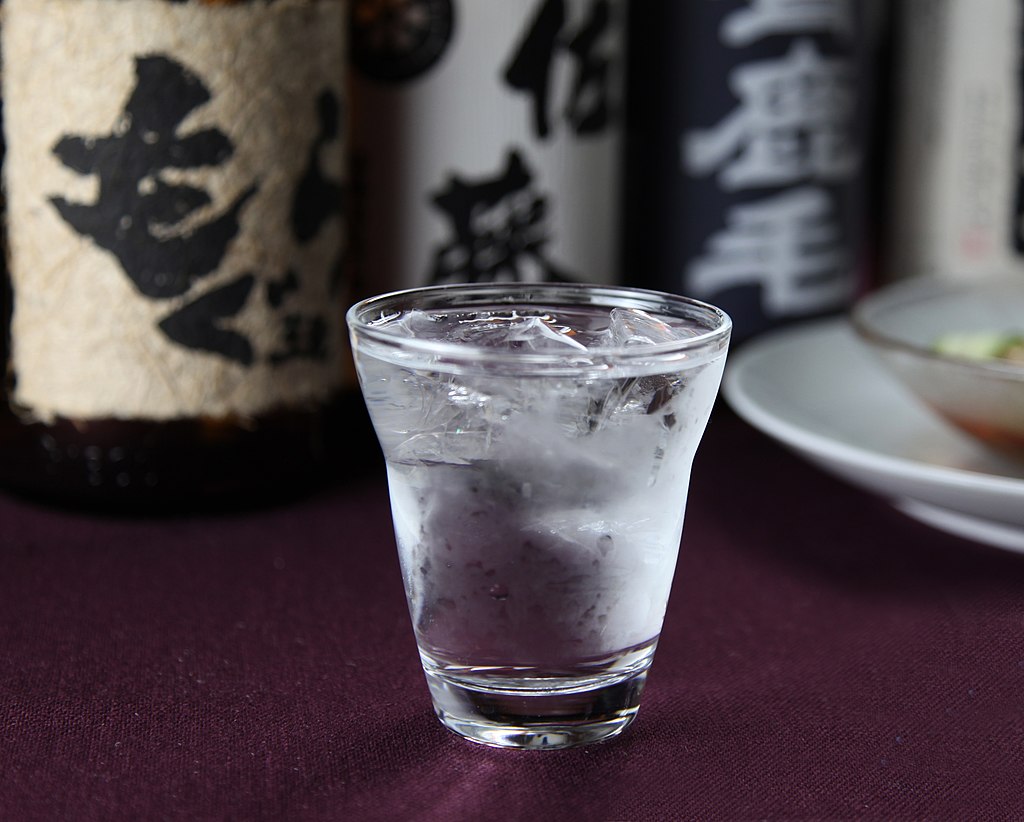Oct 25, 2022
What’s So Special About Kuma Shochu?
Shochu is a distilled liquor mainly produced in areas where the climate is too warm to make sake. Although records are scarce (particularly primary sources), people have been drinking shochu since the Sengoku Period, which lasted from 1467 to 1590 — the earliest written reference dates back to 1559. One of the oldest types (perhaps even the original) is Kuma shochu. It’s also the best-known version of the liquor.
What Is Kuma Shochu?
There is a wide variety of shochu, including barley, sweet potato, brown sugar, soba, and awamori shochu. However, Kuma shochu is always made of rice (like sake). It takes its name from the fact that it’s produced in Kumamoto Prefecture. The most important location in Kumamoto for production is none other than Hitoyoshi Kuma, which is one of four locations protected as a geographical indication for shochu under the World Trade Organization.
Why Hitoyoshi Kuma?
Hitoyoshi is a region in south Kumamoto surrounded by the Kyushu mountains. The soil and climate of the valley are ideal for rice farming. The ice melts from the mountains, creates the Kuma River, and offers pure water. These two key ingredients result in a high-quality product. The entire process — from distillation to bottling — takes place in Hitoyoshi.
The History of Kuma Shochu
The origin of shochu is unclear, although it’s believed that the liquor derives from a spirit brought to Japan by traders from elsewhere in Asia. The distillation techniques used to create shochu were likely imported from mainland Japan to Kyushu. Later, new approaches were introduced when Japan invaded Korea. These new approaches led to more people producing rice shochu in Hitoyoshi.
Throughout the Edo Period, however, there were restrictions on selling shochu, as a high value was placed on rice. This expense meant that the samurai and aristocracy were the primary consumers of rice shochu. The working classes had to satisfy themselves with shochu made from other grains, such as wheat.
The Meiji Restoration brought widespread sales of shochu from Hitoyoshi. Distilleries began to appear throughout the region, typically at least one per village. In the past, producers and sellers needed permits from the Sagara clan. The abolishment of such requirements meant that shochu became a drink of the people.
Kuma shochu became a distinct type with the formation of the Kuma Shochu Makers Association in 1884. Following this, the liquor kept improving over the next few decades, switching from brown to white rice and using a secondary preparation method to enhance production efficiency. After World War II, sales took off — first across Japan and then followed by the rest of the world.
While you’re in Kumamoto, you’ll be able to try shochu from the 27 distilleries in Hitoyoshi that produce the liquor under more than 200 brands. Each product varies in taste, although all Kuma shochu has a rich, thick flavor. If you want to learn more about the history, traditional production methods, and tools — and taste some of the products — pay Kuma Shochu Museum in Hitoyoshi a visit.
https://publicdomainq.net/shochu-japanese-liquor-0014762/, CC0, via Wikimedia Commons


About the author